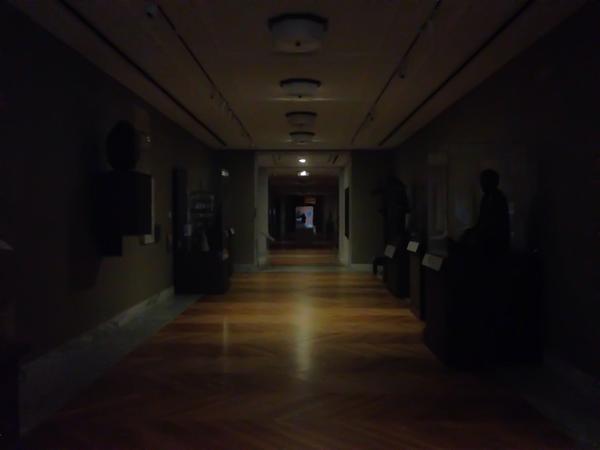
Get used to outages if we continue to ignore this critical piece of infrastructure.
A massive outage knocked out electricity in the Motor City on Tuesday, impacting schools, courthouses, government buildings, and all of the city’s fire stations.
A “major cable failure” caused the entire Detroit Public Lighting System to go down around 10:30 a.m., effecting as many as 1,000 sites that rely on the grid. People were trapped in elevators across the city. Traffic lights went out. Schools were dismissed early. City Hall was evacuated. Court proceedings halted. Even the Detroit Red Wings were sent home, and it was unclear whether the hockey team would play its evening game.
The outage is a stark reminder about the need to modernize a critical piece of our nation’s infrastructure that often goes unnoticed — until the lights go out, that is.
Where Things Stand
Our national electric grid is in terrible shape. It’s a patchwork system built rather haphazardly as the country grew, and it has been haphazardly updated throughout the past century. Some of it even dates back to the 1880s, right around the time Thomas Edison invented his light bulb.
The American Society of Civil Engineers (ASCE) gave the energy system a D+ rating in 2013.
Capacity needs are growing at the same time that power plants, power lines, substations and related systems are continuing to age. That’s led to an increasing number of power outages.
There were 76 major outages in 2007. By 2011, the number had risen to 307.
Detroit’s electrical grid is among those that desperately need work. Tuesday wasn’t the first time a major outage has left the Motor City in the dark — a “system overload” caused a major outage in 2013 that left major downtown buildings without power for two days.
But Detroit isn’t alone in its power plight. The Northeast and Southern California are among the places that generate significant congestion at key points in the electric transmission grid, ASCE notes. And that as the very real potential to cause major problems:
“This congestion can lead to system-wide failures and unplanned outages. The public has a low tolerance for these outages, even in extreme weather events. Additionally, these outages put public safety at risk and increase costs to consumers and businesses. The average costs of a one-hour power outage is just over $1,000 for a commercial business.”
Other Dangers
While outages like the one Tuesday are disruptive, there are other major risks that come from ignoring the very real needs of our national electrical grid.
By not modernizing the system, it becomes more likely that natural disasters will knock out power. Hurricane Sandy caused more than 8.1 million homes to lose electricity, for example. While we can’t prevent every hurricane, we can better prepare ahead of time — and modernizing our electrical grid will help us get through future disasters.
Storms aren’t the only lurking danger. A Federal Energy Regulatory Commission study earlier this year found that the United States could face a national blackout from a small-scale terrorist attack. Knocking out just nine of the nation’s 55,000 electric-transmission substations would cause the power to go out from coast-to-coast.
There’s no question we’ve got to fix the electric grid, and part of making that happen should include revitalizing American manufacturing.
Former Homeland Security Secretary Tom Ridge and Robert B. Stephan noted in a 2012 report that improving our infrastructure, including the electric grid, is essential to mitigating catastrophic events. But by becoming increasingly reliant on foreign suppliers for the products needed to address these risks, we are less secure.
As Detroit faced its second major outage in two years on Tuesday, it reminds us all that our national electrical grid remains vulnerable. It’s time to invest in this vital piece of infrastructure to prevent future outages and better prepare for potential future disasters.

